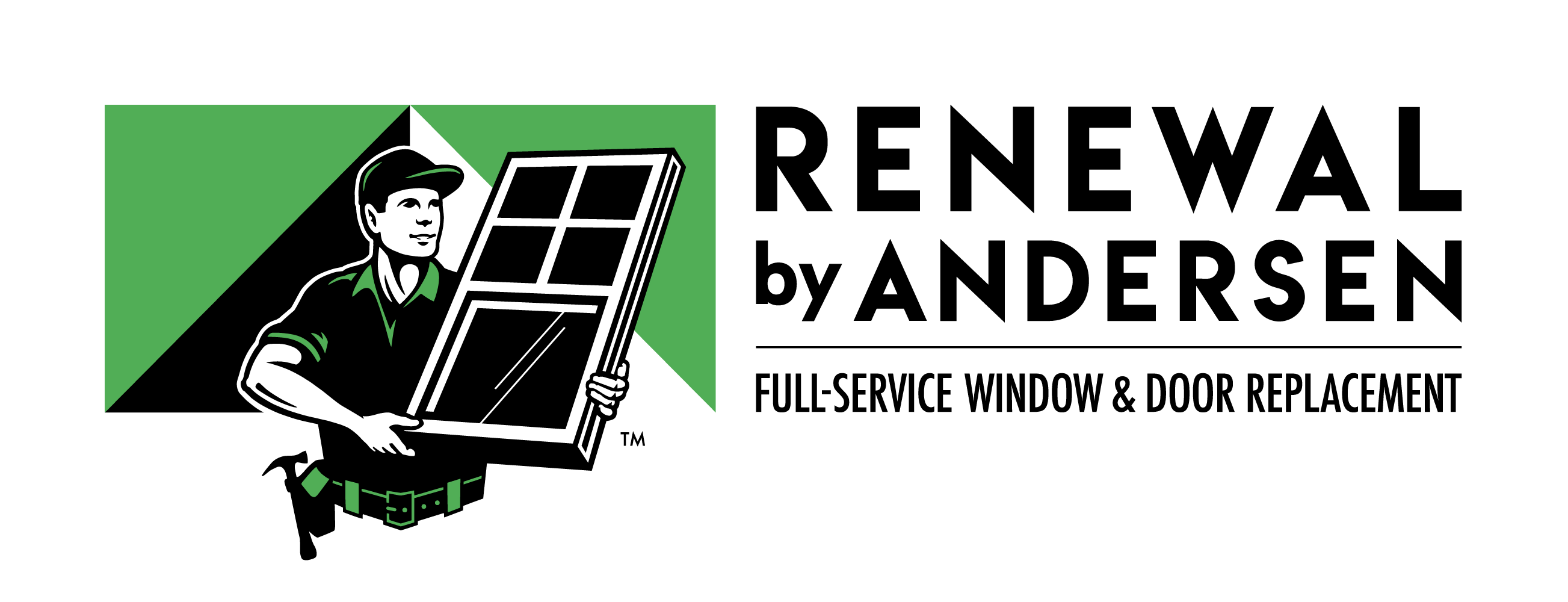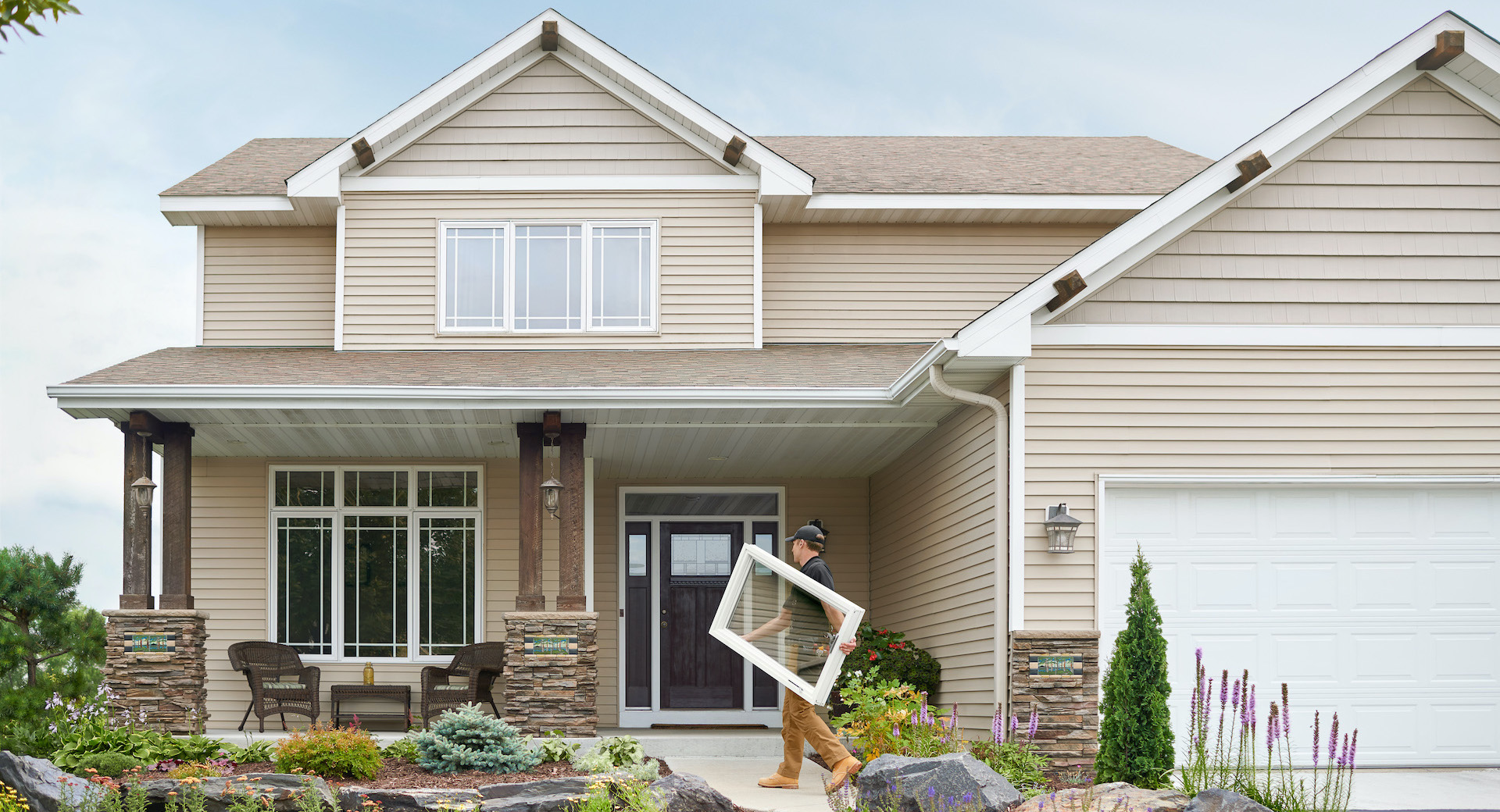05 May Top 3 Signs It’s Time To Replace Your Windows
Did you know that most windows, on average, should be replaced every 20 years? However, not all windows and homeowners get to enjoy such longevity.
In fact, even if you’re far from the 20-year mark of your current windows’ installation date, there are times at which they should be replaced in order to avoid further damage to your home or wallet.
And if you’re wondering how to tell whether or not they’ve reached that point, we encourage you to consider the following signs:
Your Energy Bills Have Increased
“Heat gain and heat loss through windows are responsible for 25%–30% of residential heating and cooling energy use,” according to the U.S. Department of Energy. And your windows may be costing you more than just precious pennies if…
- The panes are too thin, thereby absorbing the outdoor temperatures or not sufficiently reflecting sun-related heat
- Your windows have cracks and leaks, thus letting in drafts and blowing your nickels and dimes to the wind
One simple way to find out if a window is cracked and drafty is to simply grab a candle. Light it and place it before the window. If it flickers while you feel the draft fly by, your window is certainly leaking air — and possibly letting in mold-inducing moisture and allergens.
They’re Not Hurricane Ready
When a hurricane or other tropical cyclone slams up against your home in a tidal wave of wind, the pressure placed on your window panes may cause them to burst, thereby putting you and your family in danger. Additionally, airborne debris may crash against the glass, causing it to shatter as the storm kicks up items in the surrounding environment.
And let’s face it — your old windows are likely not up to the job of safeguarding your Florida home. Thus, replacing them with stronger hurricane-grade storm windows is not only an investment in your home, but your long-term wellbeing.
According to the International Institute of Building Enclosure Consultants (IBEC), “for windows and doors intended for use in hurricane zones, there are three key considerations involved in terms of structural strength”:
- Resistance to high wind pressure
- Durability in the wake of windborne debris
- Protection against potential water penetration
Condensation Is Collection Between The Panes
If you have double-pane windows and you notice moisture collecting between the two panes of glass, it can all be amounted to one primary problem: the windows have failed.
This may occur when the insulating gas between the panes (typically argon) begins to leak out. The older the windows, the more they’ll have expanded, contracted, and effectively weakened over time, thus causing the sealing to fail. What’s more, should you not tackle the condensation in a timely manner, the damage will be irreversible.
However, it may not just be a product of time. It may also happen to newer windows should they be subject to external damage that jars the window sealing or creates punctures that you may not notice right away.
That all being said, spotting the signs of a defective window may prove challenging for some. Luckily, replacing them is the easy part when you work with Renewal by Andersen® of Florida!
Between our High-Performance™ Low-E4® SmartSun™ windows and durable Fibrex® frames, our windows are designed to both weather the storm and withstand the test of time. But we don’t just offer quality products and services — we also provide an industry-leading warranty on all of our products!
Don’t shy away from the prospect of window replacement. Instead, strengthen your windows and strengthen your home with Renewal by Andersen® of Florida! Learn more today when you contact us by calling (855) 830-2420.

